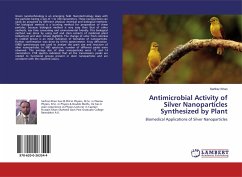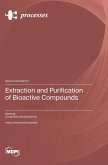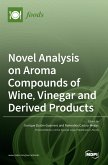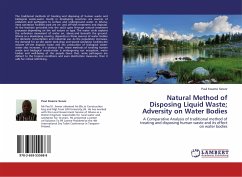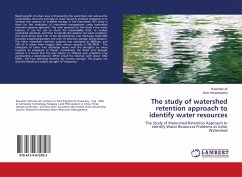Aspergillus, Penicillium, Fusarium, Rhizopus, Alternaria, Trichoderma, Acremonium and Microascus were isolated from both water and soil samples from the investigated water canals in four Egyptian governorates. The most abundant fungal species were identified. Amongst 21 fungal species, four species were bioprospected for phenolic compounds. HPLC showed the presence of 22 phenolic compounds in the filtrate extracts of Penicillium janthinellum, Penicillium implicatum, Aspergillus niveus and Aspergillus petrakii, where methyl gallate and p-coumaric acid were two of the major compounds. Methyl gallate was effective on Pseudomonas aeruginosa, Escherichia coli and Staphylococcus aureus sub sp. aureus (MRSA), while p-coumaric acid was only effective on Bacillus cereus. Regarding larvicidal activity, p-coumaric acid was more effective on Schistosoma mansoni cercariae than methyl gallate. Another two fungal species, namely Aspergillus tamarii and Penicillium islandicum showed pronounced antibacterial and anticancer activities.
Bitte wählen Sie Ihr Anliegen aus.
Rechnungen
Retourenschein anfordern
Bestellstatus
Storno


